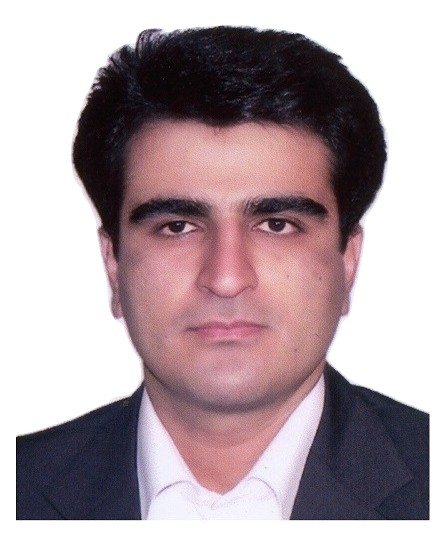Epileptic Seizure Prediction from Spectral, Temporal, and Spatial Features of EEG Signals Using Deep Learning Algorithms
Nazanin Mohammadkhani Ghiasvand, Foad Ghaderi
Journal PapersThe Neuroscience Journal of Shefaye Khatam , Volume 9 , Issue 1, 2020 December 10, {Pages 110-119 }
